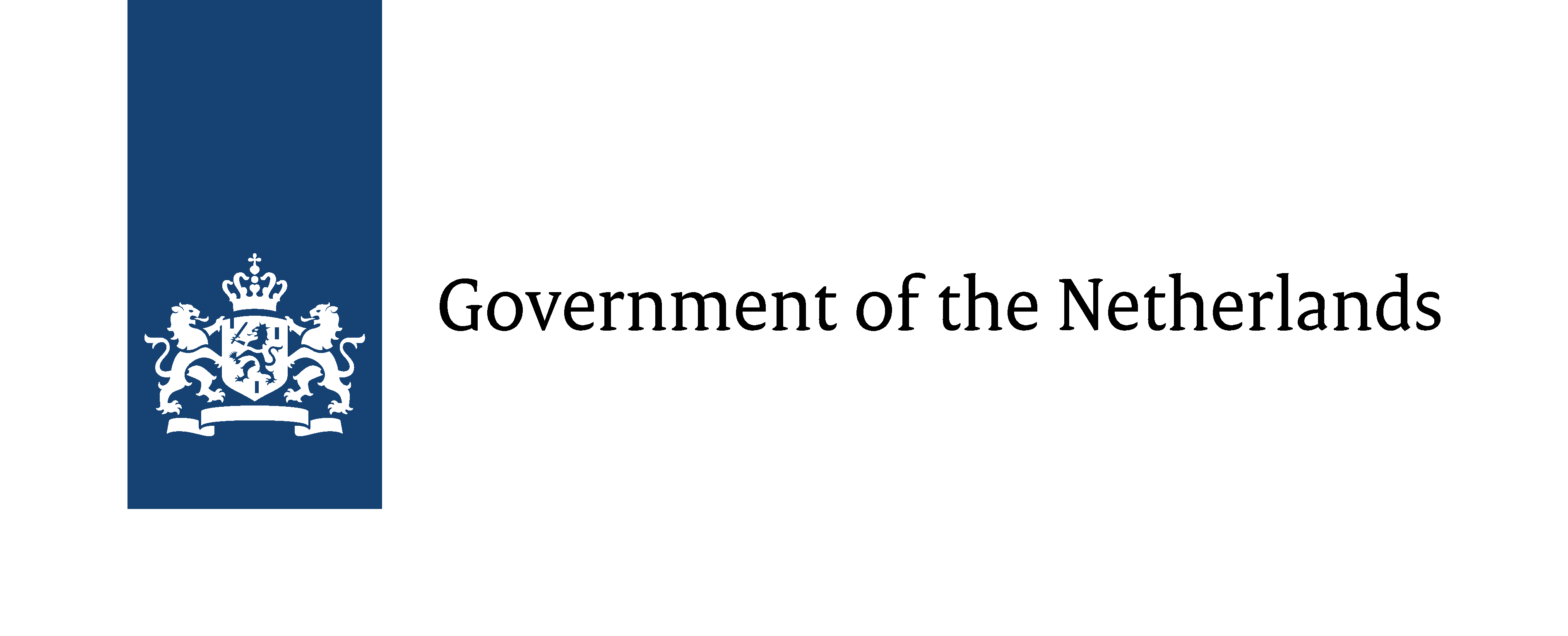
DutchCulture presents new database
By Sara Luijters
For many years already, DutchCulture has been keeping track of all international activities by Dutch cultural organisations, performers and artists abroad. All this information can now be consulted very easily in the new database. “Our goal with this database is to make it easier for people to operate internationally.”
If a foreign cultural institution wants to know which Dutch theatre company, visual artist, writer or musician they could ask for a performance, exhibition or event in their country, this usually has to rely on word-of-mouth communication. Conversely, many culture-makers obtain commissions abroad through their own networks. Without these word-of-mouth recommendations or personal networks, it can be quite challenging to work abroad as an artist or cultural organisation. Where to start, and who should you get in touch with?
The memory bank of the Dutch cultural sector
DutchCulture’s renewed database, which contains over 5500 Dutch organisations and artists and around 13000 foreign platforms, could fulfil an important role in this, says Anouk Fienieg, head of international cultural policy at DutchCulture. “We have worked intensively on the new database for one year, and it should function as the memory bank of the Dutch cultural sector. We have collected all the details of every artist or organisation that has ever received a subsidy from a public cultural fund for work abroad, or that was registered by a Dutch embassy or that registered directly with us. All Dutch-international art and cultural projects from 2017 -2018 can now be retrieved from the database, and all previous activities reaching back to the year 2000 will be made available retroactively.”
International CV
When you visit the database, you will see a revolving globe filled with dashes. These dashes represent the track record of all Dutch organisations and artists that worked abroad in 2017 (we will update the globe as soon as 2018 is completed). The fact that their international CV can now be found at the click of a button makes it easier for potential partners abroad to contact them. And for artists or organisations that want to start working abroad for the first time, the database offers a wealth of information. It means that people no longer need to reinvent the wheel. Fienieg: “Say you’re a visual artist who wants to organise an exhibition in a gallery in Berlin. Then you can use our database to find out what colleague preceded you there, who you should get in touch with, and who financed the projects on the receiving end. The goal of our database is to make it easier for Dutch artists and organisations to work abroad.”
Culture export
Facts & figures about Dutch culture makers worldwide have also become much more transparent by the new database. Now you can see at a glance how many Dutch people worked in Germany in 2017 and in which sector. Thanks to the database’s transparency, everyone can see exactly what is happening; from ministry and cultural institution to cultural fund and maker. “This kind of information is very useful for policy makers. If there is a sudden surge in Dutch artists visiting a particular country, policymakers can prioritise that country and make plans in a much more targeted manner,” Fienieg explains. “Policy plans can also be better tested using the database: did something work out well or not? How can the policy connect more successfully with the wishes and needs of the people involved?”
Time to reintroduce the agenda
The database started in 1999 as an agenda listing all Dutch cultural activities abroad, but it gradually turned into an overview of cultural exports. According to Fienieg, it is time to reintroduce the agenda function, however. “It should become possible again to find information, not just about the things that have happened, but also about the things that are about to happen with regard to Dutch art and culture abroad. This will also make it possible to coordinate projects.”
Comprehensive overview
A lot of work was put into making every profile in the database as complete as possible, including links to the websites and social media of the artists and organisations themselves. Still, DutchCulture calls on all stakeholders to report any missing information in their profile, or to report profiles that are missing altogether. Fienieg: “We are currently working on a tool to enable artists and organisations to update or modify their own profile directly. For now they can simply email us their information and we will add it to the dataset.”
Advancing step by step
Since the database offers a much better picture of what is going on internationally, DutchCulture can provide better support. Fienieg: “Ultimately, our goal is to help the Dutch cultural sector advance internationally, step by step.”

